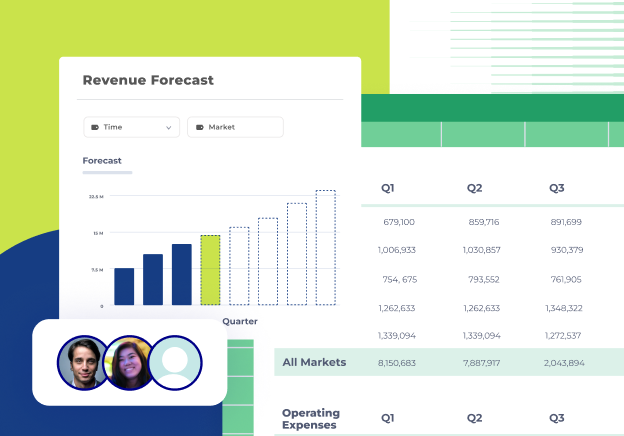.png)
Why integrate Microsoft Excel with Cube
Go live in days, not months—startup or enterprise FP&A teams. No consultants required.
-
Supercharge your spreadsheets
Whether Microsoft Excel or in the Cube platform, work how and where you want with a powerful FP&A platform at your fingertips.
-

Minimize manual data entry
Cube streamlines the time-consuming tasks of collecting, reconciling, and refining data, ensuring confidence in the accuracy of your figures.
-

Collaborate more effectively
Collaborate in real-time and keep everyone aligned—all within the ease of your spreadsheet environment.


.png)









.png)

